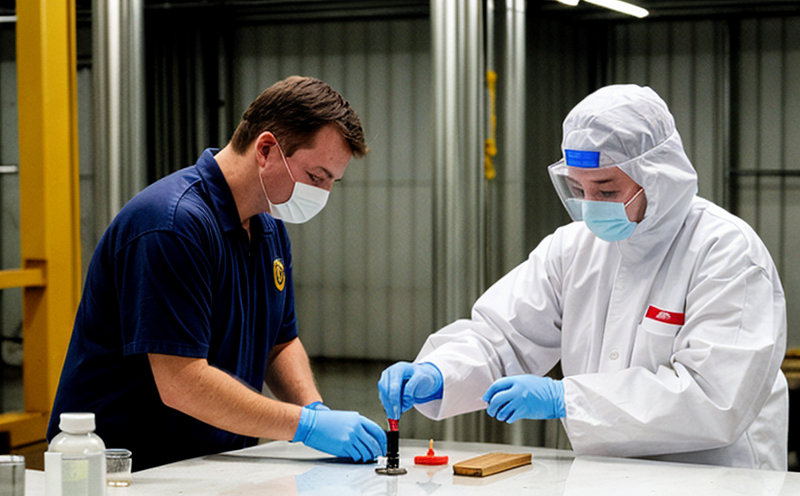ISO 22088-7 High Humidity Resistance
The ISO 22088 series of standards provides a framework for evaluating the resistance of packaging materials and systems to environmental stresses. Specifically, ISO 22088-7 focuses on the high humidity resistance test, which is crucial in ensuring that packaging materials maintain their integrity under conditions where they are subjected to prolonged exposure to water vapor.
High humidity environments can significantly impact the performance of packaging materials by causing degradation and failure. This service plays a vital role in safeguarding product quality and shelf life by identifying potential weaknesses early in the development or manufacturing process. By subjecting packages to controlled high-humidity conditions, we assess their ability to withstand moisture ingress effectively.
This test is particularly important for industries dealing with perishable goods like pharmaceuticals, electronics, food products, and chemicals. It helps manufacturers ensure that their packaging remains effective throughout the supply chain, from manufacturing to distribution and storage.
The procedure involves placing the packaged samples in a controlled humidity chamber where they are exposed to high levels of moisture vapor over an extended period. The sample is then evaluated for changes in physical properties such as weight gain, dimensional stability, strength retention, and appearance. Any significant deviations from baseline measurements indicate that the packaging may not be suitable for its intended purpose.
For pharmaceuticals, maintaining product integrity is paramount to ensure safety and efficacy. For electronics, preventing corrosion and degradation of components is critical. In food products, preserving flavor, texture, and nutritional value while ensuring hygiene standards are essential. Each industry has unique requirements; however, the underlying principle remains consistent: protecting valuable goods from environmental factors that could compromise their quality.
The high humidity resistance test allows manufacturers to make informed decisions about material selection, design modifications, and process improvements necessary for producing robust packaging solutions. This not only enhances product protection but also contributes significantly towards meeting regulatory compliance requirements globally.
Applied Standards
| Standard Number | Title | Year |
|---|---|---|
| ISO 22088-7:2019 | Environmental Stress Testing of Packaging Materials and Systems – Part 7: High Humidity Resistance | 2019 |
Industry Applications
The ISO 22088-7 high humidity resistance test finds extensive application across various sectors including pharmaceuticals, electronics, food and beverage, and chemical manufacturing. In the pharmaceutical industry, this test ensures that medicinal products retain their efficacy despite exposure to moisture during transit or storage.
For electronic devices, preventing corrosion is critical as it can lead to failures in performance and reliability. By subjecting packaging materials used for these devices to high humidity conditions, manufacturers can identify any potential issues early on, thus saving time and resources during development stages.
In the food sector, maintaining product quality through proper packaging is essential not only from a safety perspective but also economically. Improperly packaged foods could spoil faster leading to increased waste and reduced profitability for producers.
The chemical industry deals with hazardous materials that require stringent protection against environmental elements including humidity. Ensuring that appropriate packaging meets the necessary standards helps safeguard both worker health and public safety.
Why Choose This Test
- Identifies potential weaknesses in packaging materials before they reach market.
- Safeguards product quality and shelf life by preventing moisture ingress.
- Ensures compliance with international regulatory standards.
- Supports continuous improvement of manufacturing processes through detailed analysis results.
- Aids in selecting suitable materials based on their performance under specific environmental conditions.
- Promotes sustainable practices by encouraging the use of eco-friendly, moisture-resistant packaging solutions.
- Enhances brand reputation and customer trust by delivering consistent product quality.





